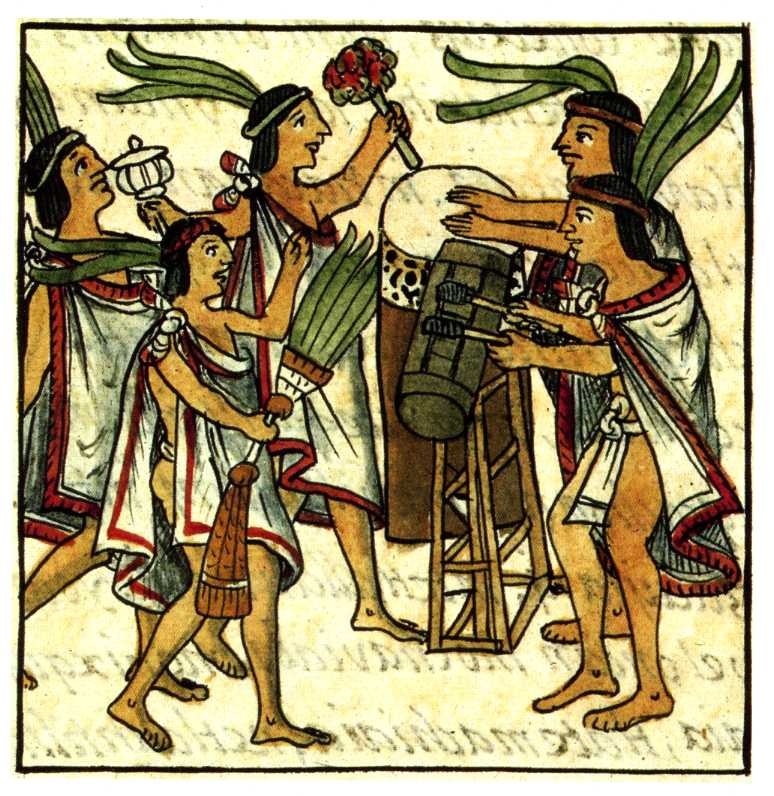Aktueller Hinweis
Diese Seite Befindet sich aktuell in Bearbeitung
Amerindian Languages
Here you will find a selection of the indigenous languages of the Americas that are taught at the Department of Anthropology of the Americas.

K'iche' Maya
With over 1.5 million speakers (exact figures vary), K'iche' is the most widely spoken Mayan language and the largest indigenous speaker community in Central America. Today, K'iche' is spoken in the central highlands and in some coastal regions of Guatemala.

Náhuatl - Aztekisch
Náhuatl belongs to the Nahua group of the southern Uto-Aztecan languages of the Mexican division and is today divided into eastern, western and central Aztecan languages with around 27 language variants or regiolects. The language courses at the University of Bonn concentrate on the so-called Norteño-Aztec language, which is characteristic of the states of Puebla and Hidalgo as well as the capital district of Mexico City.

Yukatekisches Maya
Yucatecan Maya (Maaya T'aan) is one of the 30 Mayan languages spoken today in southern parts of Mexico, Guatemala, Belize and western Honduras. These sometimes widely divergent languages are grouped into one language family, with Yucatecan Maya belonging to the lowland Maya languages together with Lacandon, Itza' and Mopan Maya.

Kaqchikel Maya
With around half a million speakers, Kaqchikel Maya is one of the most widely spoken of the ca. 30 Mayan languages. Nowadays, Kaqchikel is mainly spoken in the highlands of southern Guatemala in the region between Lake Atitlán and the capital, Guatemala City.

Quechua
Quechua is the most widespread indigenous language in the Americas; it is still spoken today by around 9 - 10 million people in the Andes region of South America. It used to be the lingua franca in Tawantinsuyu, the Inca Empire, among other places.